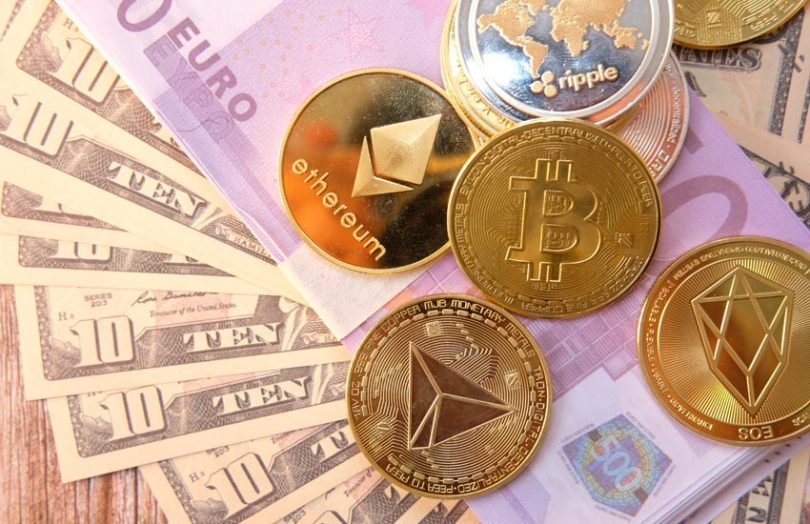Today the founder of public blockchain EOSIO, Block.one, announced that it plans to launch a new cryptocurrency exchange with $10 billion in funding, $9.7 billion coming from Block.one itself. $300 million in outside strategic investment comes from Nomura, Peter Thiel’s Thiel Capital and Founders Fund, Alan Howard, Louis Bacon, Richard Li, Christian Angermayer, and Mike Novogratz’s Galaxy Digital.
In the last cryptocurrency bull market, Block.one conducted the largest ever ICO of $4 billion for EOSIO. While EOS was a top-five cryptocurrency at one point, it is now ranked 23rd with a market capitalization of $9.3 billion. Block.one must have invested a major chunk of the EOS proceeds in Bitcoin because most of the Bullish funding comes from 164,000 bitcoin valued at $9.1 billion at current prices.
The new exchange aims to combine the best features of centralized exchanges, such as performance, privacy and compliance, with the benefits of decentralized finance (DeFi) and will launch this year.
“The Bullish exchange will offer new automated market making, lending, and portfolio management tools to its users to deliver functionality that has previously been monopolized by incumbent players in traditional finance, while driving deeper liquidity to digital assets,” says the Bullish announcement.
One of the key benefits of a DeFi-like approach is what Block.one refers to as vertical integration. Traditional finance has a tendency to silo assets, whereas DeFi allows greater mobility, so a cryptocurrency can be traded or easily used as collateral for derivatives or borrowing. Rather than having a non-yielding investment, the investor can add digital assets to a liquidity pool that is used for market making or lending.
There are pros and cons of a centralized approach. As stated, it is more compliant, private and has higher performance. DeFi smart contracts often suffer from bugs that can wipe out investor assets, whereas a centralized exchange would likely be legally liable. But centralized exchanges control the user’s private keys, which make it more prone to hacking risks.
Bullish will not be the first to offer these DeFi-like services. For example, the largest cryptocurrency exchange Binance offers liquidity pools.
The EOS blockchain will be used to provide an audit trail of all transactions. The EOS cryptocurrency price is up more than 70% since last Wednesday.
“Bullish’s balance sheet is strong, and its vertical integration offers stability and liquidity to the cryptocurrency space. I’m happy to join Bullish as an investor and advisor as it gets started on a long and fruitful journey,” said Thiel.
With the April listing of Coinbase, the value of cryptocurrency exchanges is now clearer. Coinbase currently has a market capitalization of $57 billion. UK wallet provider and crypto exchange Blockchain.com recently closed a $300 million Series C fund at a $5.2 billion valuation.
A big question is why does Bullish need so much money? Coinbase raised a total of $547 million since its 2012 founding. Will the Bullish money be used to seed the liquidity pools?
Three of the strategic investors, Nomura, Alan Howard and Galaxy Digital, also invested in Komainu, the institutional digital asset custody initiative where Nomura was a co-founder. Alan Howard is also an investor in Coinshares, one of the other Komainu co-founders.
Update: The article has been significantly updated






